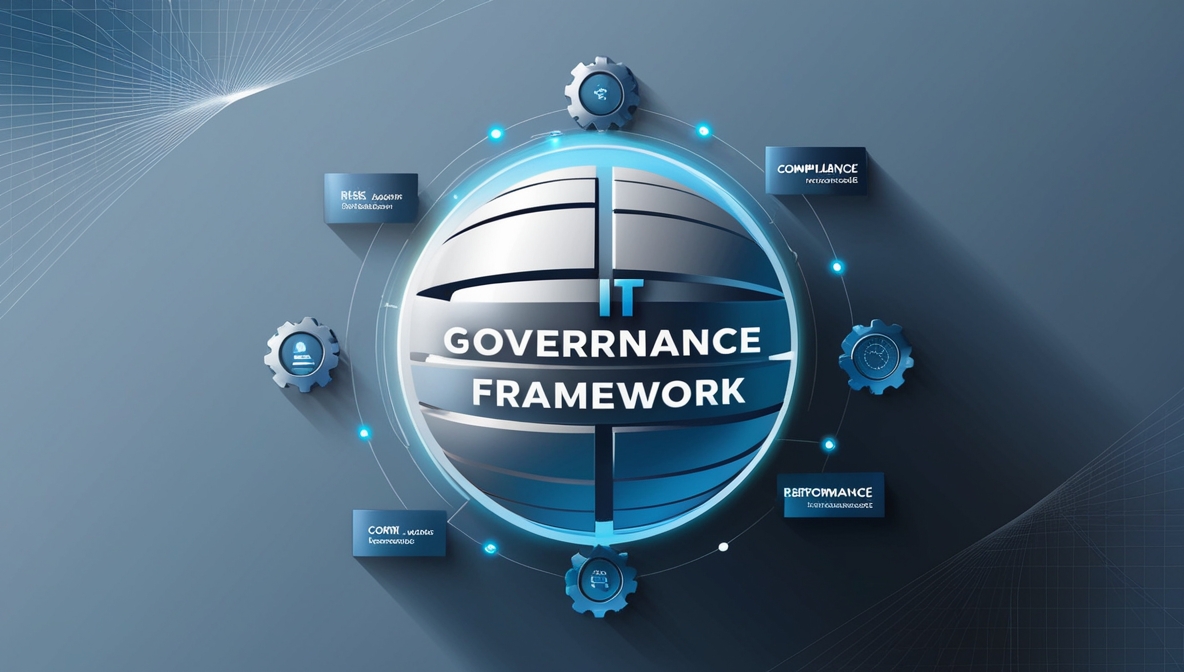The effective management of Information and Communications Technology (ICT) has become paramount for organizations across all sectors.
Municipalities, tasked with delivering essential services to their communities, face the unique challenge of balancing technological advancements with the need for fiscal responsibility and transparency. The absence of a structured IT governance framework can lead to misaligned IT investments, operational inefficiencies, and heightened security risks. The consequences can be far-reaching, impacting service delivery, public trust, and the overall effectiveness of the municipality.
The stakes are high. The lack of IT governance can result in wasted resources, missed opportunities, and even reputational damage. The growing reliance on technology for service delivery amplifies these risks, making the need for a robust IT governance framework even more pressing. The absence of clear policies and procedures can create a breeding ground for inefficiencies, security breaches, and a disconnect between IT and the municipality's strategic objectives.
This IT Governance Framework offers a solution to these challenges. It provides a structured and actionable roadmap for municipalities to establish and maintain effective IT governance practices. The framework emphasizes a holistic approach, encompassing strategic alignment, risk management, resource optimization, and performance measurement. By adopting this framework, municipalities can transform IT from a potential liability into a strategic enabler, driving efficiency, innovation, and improved service delivery.
This IT Governance framework's practicality lies in its clear articulation of principles, best practices, and a phased implementation plan. It recognizes the diverse nature of municipalities and empowers them to tailor the framework to their specific contexts. The inclusion of real-world examples further enhances its applicability, demonstrating how the framework can be successfully implemented to achieve tangible results. It provides a clear path to harnessing the power of IT for the benefit of the community, ensuring that technology investments are aligned with strategic goals, risks are managed effectively, and resources are optimized.
Main Contents
- The Purpose and Scope ICT Governance Policy: Establishes the importance of IT governance in achieving organizational objectives and outlines its applicability within the municipal context.
- The Legislative and Regulatory Landscape: Highlights relevant legislation and regulations that municipalities must adhere to when implementing IT governance practices.
- The Benefits of Effective IT Governance: Outlines the advantages of implementing sound IT governance, including improved decision-making, risk management, and resource optimization.
- IT Governance Best Practices and Standards: Draws upon internationally recognized standards like COBIT and ISO/IEC 38500 to provide a foundation for effective IT governance.
- A Phased Implementation Approach: Proposes a three-phased approach to implementation, ensuring a smooth transition and ongoing improvement of IT governance practices.
Key Takeaways
- IT Governance as a Strategic Enabler: Positions IT governance as a strategic tool for achieving organizational goals, rather than merely a technical concern.
- Alignment of IT with Organizational Objectives: Emphasizes the importance of aligning IT strategies and investments with the broader objectives of the municipality.
- Risk Management and Resource Optimization: Provides guidance on managing IT-related risks and optimizing the use of resources to achieve maximum value.
- Phased Implementation for Success: Phased approach ensures a structured and manageable implementation process, increasing the likelihood of success.
- Continuous Improvement: Promotes a culture of continuous improvement, ensuring that IT governance practices evolve alongside the changing needs of the municipality.

